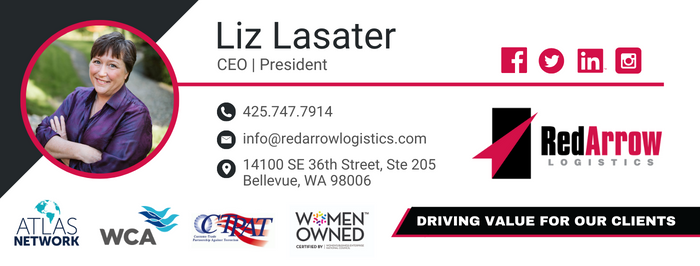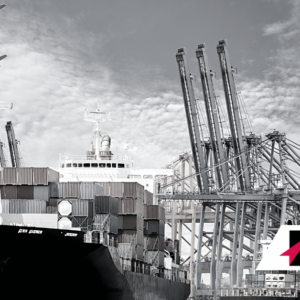The relationship between carrier and shipper is often centered around rules tariffs. LTL (less-than-truckload) carrier tariffs determine the rates and charges for the transportation of these shipments. These statements usually outline the charges and parameters for the shipment type, additional services, and duties performed at the origin and destination. Carrier tariffs are constantly changing so it is important to understand how they are determined.
What are LTL Carrier Tariffs?
Less-than-truckload rules tariffs provide guidelines for the relationship between carriers and shippers, as well as the duties the carrier will and will not perform for each shipment. They also outline the shipment characteristics, additional services, as well terms such as payments, claims, and liability.
LTL rules tariffs have traditionally been a stand-alone set of terms and conditions for carriers and define how the carrier will carry out each shipment. The tariff rules are designed to help protect the carrier, although some agreements between carriers and shippers can be further negotiated to provide specifics around duties and pricing. Some shipments will be exceptions to the standard rules tariffs in which case new rules will be set between shipper and carrier. This is often the case with shipments that have other characteristics outside of what a shipper normally sends.
What Determines LTL Carrier Tariffs?
Carriers determine the tariffs, which include the base rate, fuel surcharges, and any assessorial fees. The carrier analyzes the costs of transporting goods, market demand, and competition to determine a transportation rate. There are regulations as to the tariffs, what they cover, and the rate as carriers must file their tariffs with the Surface Transportation Board (STB), which is a federal agency that manages transportation regulations to ensure that tariffs are fair.
Most carriers publish their rules on their website so they are public, however, they can be difficult to interpret at times. Often, this results in final pricing for a shipment not aligning completely with the original quote. Rather than getting an accurate rate, the rate might be based on base rates in that zip code, the weight, and the class.
While the tariff rules are in place to protect the carrier, rules can be different among carriers but most operators set their fees with the rest of the industry. And most shippers work with several carriers each with their own set of rules and way to relay information.
How Carrier Tariff Rules Have Changed
Over the years, LTL carrier tariffs have changed significantly from an unregulated industry to one with reasonable and accountable rates. With little regulation, carriers used to be able to charge whatever rates they wanted to. When Congress passed the Motor Carrier Act in 1980, the trucking industry became deregulated, and rates decreased. Since then, LTL carrier tariffs have continued to change with new laws being passed over the last 30 years to help regulate the industry.
For example, accessorial charges for additional services like inside delivery or liftgate services were often an add-on and thus a surprise for the shipper after the items were delivered. Now, the fee for these services is mentioned upfront so the shipper can be prepared.
LTL carrier tariffs continue to change with the adoption of technology by carriers, which has optimized operations and reduced costs. Dynamic pricing, which uses real-time data to set rates based on market demand has become a more standard pricing model. Many carriers are making an effort to better estimate pricing and service exceptions upfront to avoid any pitfalls later on. While carriers have gotten better at identifying costs due to trailer space, they have built in more safeguards within the tariffs.
Your Trusted Partner
LTL carrier tariffs are an important part of the way rates are set and ensure that rates are fair. As the industry continues to change, shippers need to understand the latest LTL carrier tariffs and how their shipments are affected by them. Our team at Red Arrow Logistics is a 3PL company with years of expertise that can help navigate LTL carrier tariffs, so you get competitive rates, with excellent service, every time you ship.
Red Arrow offers the scale and scope of services including air, ocean, and ground transportation to meet the budget and schedule requirements of the largest and smallest companies alike. If we can be of assistance, please email us at info@redarrowlogistics.com or give us a call at 425-747-7914.





